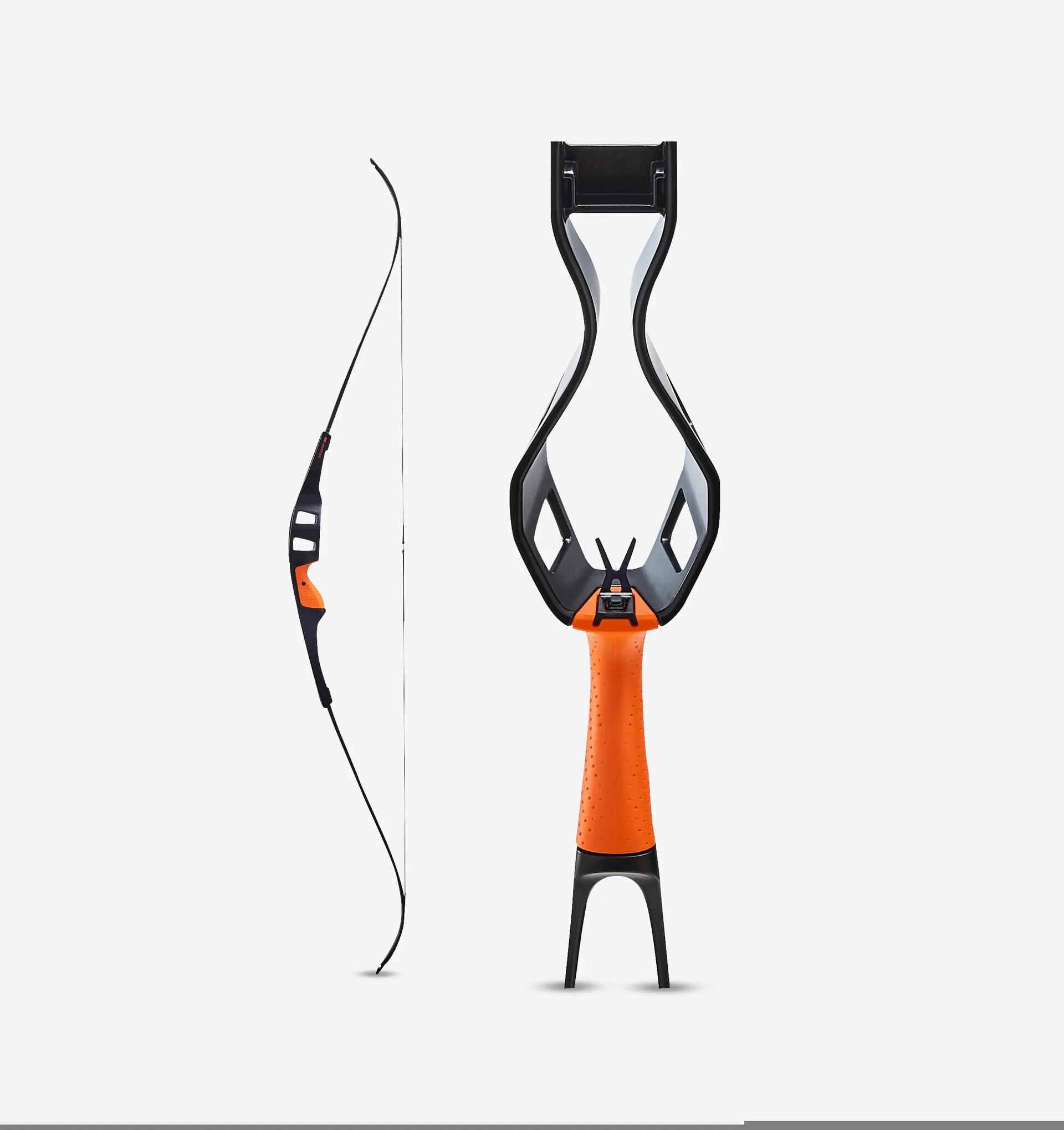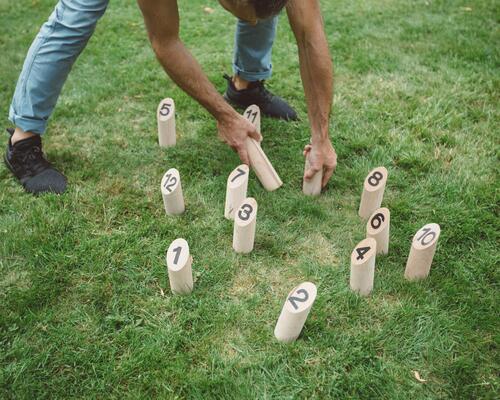What type of arrow should I choose for my bow ?
The selection of arrows hinges on the type of bow in use, the shooting distance, and the specific type of archery being practiced. Arrows are usually composed of a shaft, which can be made from carbon, aluminum, or wood, a tip, and feathers or vanes for stabilization. Additionally, they have nocks, which allow for their attachment to the bowstring.
Carbon arrows are lightweight and durable, making them an ideal choice for compound bows and competitive archery. On the other hand, aluminum arrows, while heavier, offer superior penetration, thus making them more suited for hunting.
For traditional bows, wooden arrows are often employed. They provide an archery experience that is more authentic. It is of critical importance to select arrows that are compatible with the shooting power of the bow. Incompatible arrows can potentially cause damage to the bow and pose a danger to the archer and those nearby.
Moreover, it's crucial to regularly inspect the condition of the arrows to spot any cracks, breakages, or damaged tips. These issues could compromise the safety of the archer and the integrity of the shooting environment.















